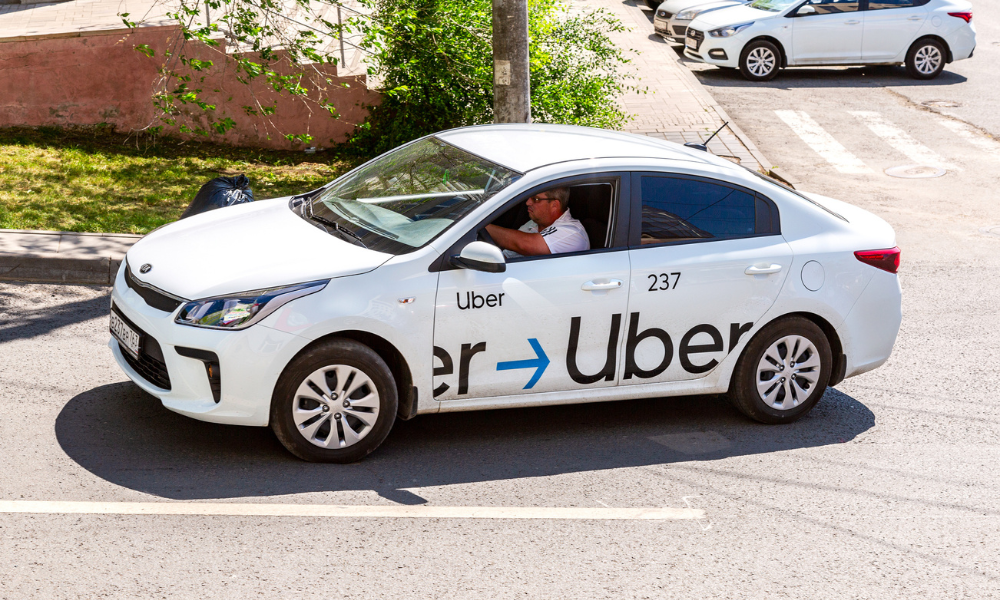Better wages, paid breaks, and more protection needed to improve safety

In the ever-evolving gig economy, where flexibility often comes at a cost, the safety of drivers who juggle multiple jobs is at risk, according to a new study conducted by researchers at McMaster University.
"83% of ride-hail drivers worldwide feel that their work is unsafe," says Alexandra Lefcoe, a PHD candidate in management of organizational behaviour and human resources in the Degroote School of Business at McMaster University.
The study reveals gig economy drivers, including those working for ride-hail services like Uber and Lyft, as well as taxi drivers, face a myriad of safety risks ranging from accidents and harassment to violence.
The risk-taking behaviors of gig economy drivers
Lefcoe’s research is focused on understanding the risk-taking behaviors of different categories of drivers, specifically those who drive for taxi companies, ride-hail apps, and hold additional jobs.
"It was this latter group, those juggling multiple jobs and driving for both taxis and ride-hail apps, who exhibited the most risk-taking behaviors on the road,” explains Lefcoe. “These behaviors included running red lights and, alarmingly, carrying weapons like knives for self-defence."
The need for self-protection
One pressing issue that emerged from the research was the need for drivers to carry weapons for self-protection.
“Drivers often pick up strangers and venture into unfamiliar areas, putting themselves at risk for violence and harassment. For those with multiple jobs, the risks increase, especially when driving late at night and encountering unpredictable or intoxicated passengers," says Lefcoe.
Unsafe behaviors on the road
The study found that multi-job professional drivers were more likely to engage in risky driving behaviors, such as running red lights, speeding, and making illegal U-turns, all in a bid to complete more fares quickly. These behaviors not only increase the likelihood of accidents but also compromise the safety of passengers, pedestrians, and other drivers on the road.
Addressing the safety challenges
Lefcoe suggests several measures to enhance driver safety and minimize risks:
- Improved wages: One key factor fueling risky behaviours is the payment structure for drivers. When drivers are paid per fare completed, they are incentivized to complete as many fares as possible, often leading to dangerous driving practices. Lefcoe suggests that implementing government-mandated hourly minimum wages that consider waiting times could alleviate this issue.
- Mandatory paid breaks: Many drivers avoid taking breaks due to the fear of losing potential fares or facing fines for leaving their vehicles unattended. Implementing mandatory paid breaks can help drivers prioritize their well-being.
- Enhanced safety protections: Gig economy drivers often feel unsupported, with automated responses to safety concerns. Lefcoe recommends ride-hail companies provide more individualized support to address driver concerns promptly.
The safety of gig economy drivers has already captured the attention of lawmakers in British Columbia. Lefcoe's research sheds light on the risk-taking behaviors exhibited by these drivers and offers practical solutions to create a safer working environment.
Better wages, mandatory paid breaks, and enhanced safety protections can help ensure both drivers and passengers feel secure on the road. As the gig economy continues to evolve, prioritizing driver safety is essential for the well-being of all those involved.





